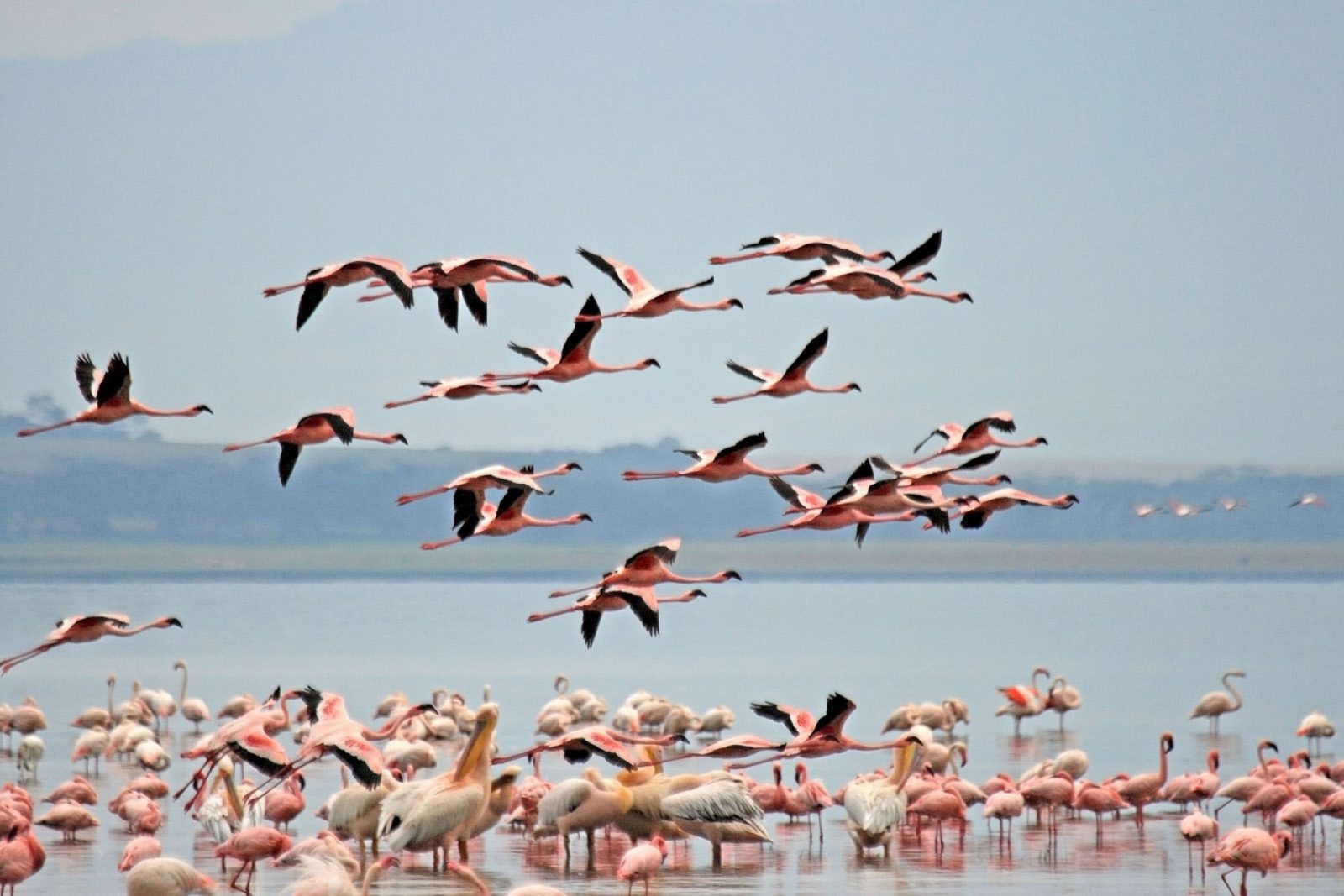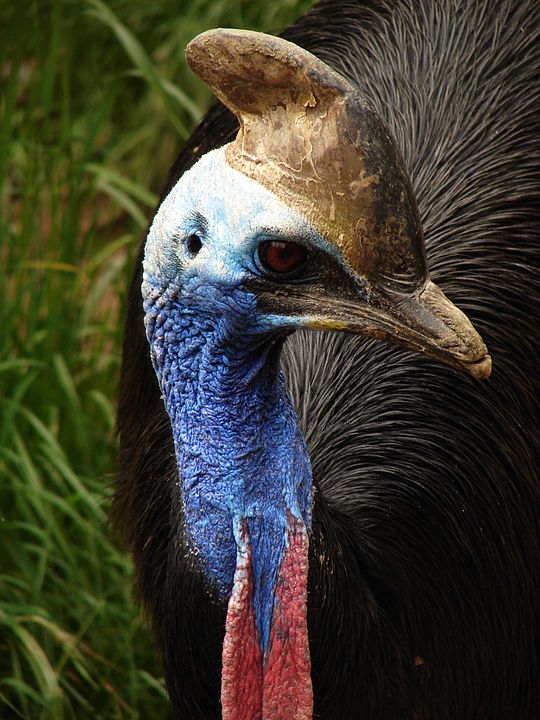
Birds
Birds are defined as warm-blooded vertebrates. They have feathers, toothless beaked jaws, a high metabolic rate, a 4 chamber heart, a strong and lightweight skeleton and the laying of hard-shelled eggs.
Now, within these constraints, the birds vary a great deal.
The smallest bird is the bee hummingbird, which has a wingspan of 6.8cm. The largest bird has a wingspan of 3.5m (40 times large). In terms of weight, the bee hummingbird is also the lightest at just 1.95 grams, the Kori bustard weighs as much as 19kg, which is almost 10000 times heavier (heaviest flying bird). The heaviest bird is the Ostrich, which can weigh over 100kg, though these can not fly.
Looking at it in a different way, there are roughly 10,000 species of birds in the world. Now, while this may change as this website grows (both with other authors, and assistance from readers) at the current time, it would be absurd to think that I could build a page for each of these many species. What this page will try to do, is to build a page for each group of birds. Of course, the other point of this website, is that this is to assist in people travelling to see these species in the wild. As such, while I am fully of the opinion that every bird matters, we will concentrate- to begin with, on birds which are popular and/or are interesting to see.
To start, below you will see the initial 2 clades (it should be noted that there was at one time 7 clades, which include clades like Diosaruia), and each clade has two families.
Palaeognathae (ratites and Tinamou) Neognathae
Struthionimorphae
This contains just 1 species the Osterich (alongside many extinct species). The male is black, the female is brown

 As this is all of the Struthionimorphae family, you will be able to visit the Osterich page by clicking on either image.
As this is all of the Struthionimorphae family, you will be able to visit the Osterich page by clicking on either image.
Notopalaeognathae
This contains Rheas, Cassowaries, Emus, Kiwis and Tinamous (as well as the extinct Moas and Elephant bird)

This family includes a number of species so as we build pages, they will be linked to images below (the pictures for these species in directly below here)
Pangalloanserae
There are two subgroups in this group, though Asterionis is extinct. The only other group is Galloanserae or fowl – containing
 180 water-fowl (Anseriformes) species
180 water-fowl (Anseriformes) species
 290 Land-fowl (Galliformes) Species.
290 Land-fowl (Galliformes) Species.
Neoaves
This contains the rest of the birds not already included in another group. This is roughly 95% of birds.
Now, Understandably, this group covering 95% of birds, we will not be listing every species. However, we will endeavour to list groups of interest down to a lower level- I know that there is a great deal of interest in birds, and I will rely on this website taking off to a greater degree in order to push this further

This family is large and varied. We are going to start with currently agreed “magnificent seven” supraordinal clades, as well as the three orphaned orders.
Notopalaeognathae
Neoaves













